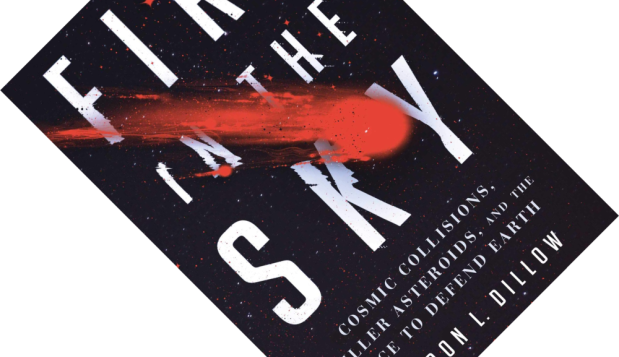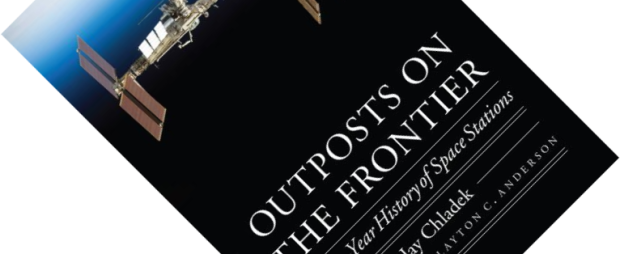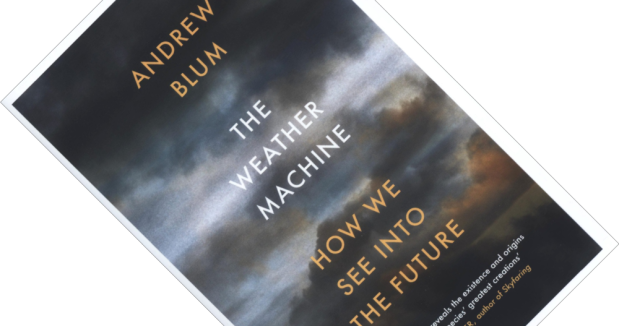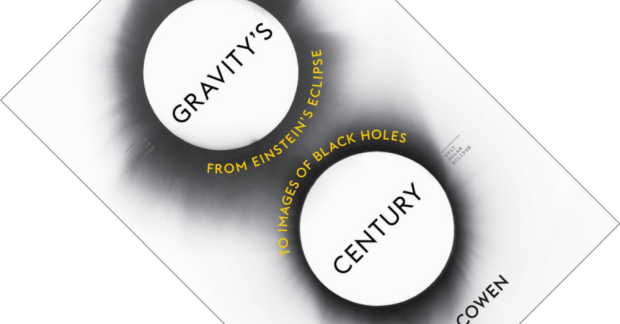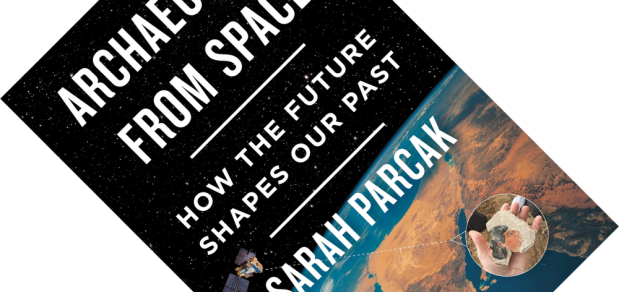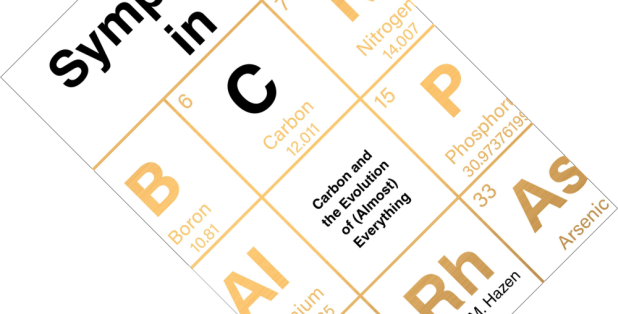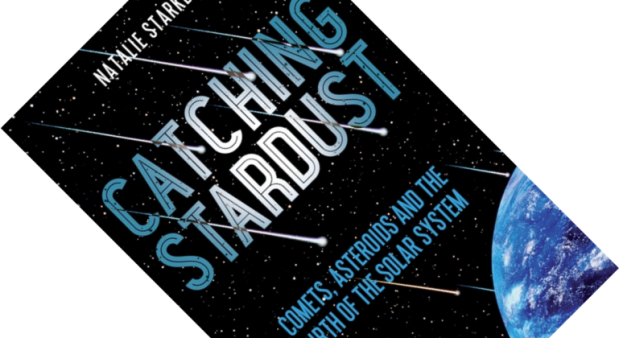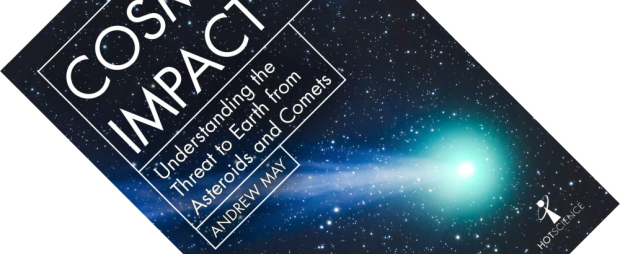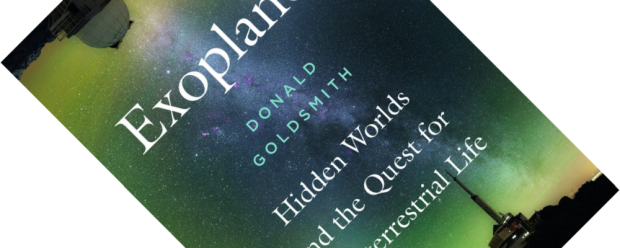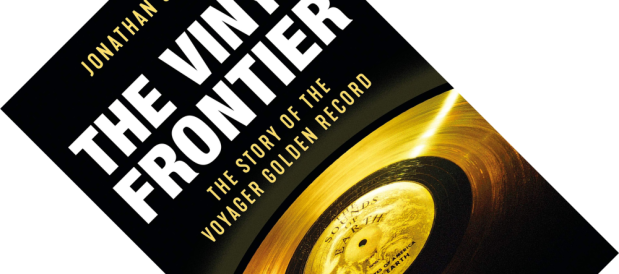6-minute read
Can you have too many books on the same topic? Not four months after the publication of Cosmic Impact in February 2019, which I reviewed earlier this year, Scribner books published Fire in the Sky in June. The former book was written by astrophysicist Andrew May, while Gordon L. Dillow is a newspaper reporter and war correspondent, coming at the subject from a different angle. Despite touching on many of the same events and topics, he provides a wealth of new information in what is a thoroughly researched work of popular science. But first, let’s go to Arizona and turn back our clocks some 50,000 years.

